A sign outside the Smithsonian Castle on Oct. 20, 2025, informs visitors of closings due to the government shutdown. Tom Williams/Getty Images
Nearly half of respondents in a recent survey said that shutdown firings of federal employees would harm their communities.
Recent analyses show that how Americans are impacted by the ongoing government shutdown could depend on their political affiliation and where they live.
The Partnership for Public Service, a nonpartisan nonprofit, reported on Oct. 17 that 48% of Americans agree the funding lapse has impacted people in their community. There was, however, a partisan gap with 69% of Democrats responding affirmatively compared with 38% of independents and 27% of Republicans.
Paul Hitlin, a senior research manager at the Partnership, attributed the party split to discrepant partisan views of government, a phenomenon the organization has previously researched.
“We often see stark differences in views and stated experiences between members of differing political parties,” he wrote in an email to Government Executive. “There might be other factors contributing to that variance, too. For example, the impacts of the shutdown may be affecting different areas of the country in different ways. However, politics play a significant role in how people view the government and the actions they are most aware of.”
These results come from a nationally representative survey of nearly 1,100 Americans that was conducted between Oct. 9-13, which was during the second week of the shutdown.
That survey also found that 49% of respondents said they would be worried about the effect on their communities “if there are a lot of firings of federal employees during the shutdown.”
Following a threat by the Trump administration to lay off federal employees if Senate Democrats didn’t provide the necessary votes to pass a government funding bill, officials on Oct. 10 sent reduction in force notices to around 4,000 civil servants across seven agencies. While the president has threatened additional RIFs, a federal judge has temporarily largely paused the removals.
“[T]he worst effects for the public are yet to come as the Trump administration pursues additional RIFs and funding cuts in an extremely misguided attempt to use civil servants and government resources as hostages and leverage,” Partnership President and CEO Max Stier said in a statement.
Relatedly, WalletHub issued a report on Oct. 15 that Washington, D.C., Hawaii and New Mexico are the areas most at risk of being harmed by a shutdown.
The personal finance company made that determination by considering:
- The share of federal jobs in the state. Federal employees are generally not paid during a shutdown, whether they’re ordered to still work or not.
- Federal contract dollars per capita. Funding lapses can disrupt contracts.
- The percentage of families receiving Supplemental Nutrition Assistance Program benefits. Agriculture Secretary Brooke Rollins said that SNAP would run out of money at the end of the month due to the shutdown.
- Real estate as a percentage of gross state product. The National Association of Home Builders on Oct. 1 warned its members that they should “expect delays for any housing-related federal government programs that are still operating.”
- Access to national parks. National parks are operating at reduced capacity during the funding lapse.
D.C. has the highest share of federal jobs and federal contract dollars per capita in the country, according to WalletHub’s analysis.
Meanwhile, 5.6% of jobs in Hawaii are with the federal government (third highest), nearly a quarter of the state’s economy comes from real estate and it has the seventh-most national parks. New Mexico receives more than $6,000 per capita in federal contracts (fourth highest) and has the top percentage of residents who participate in SNAP (more than a fifth).
Maryland and Virginia were the fifth and sixth states most likely to be affected by the shutdown, while the company predicted that Indiana, Iowa and Minnesota are the least impacted.
Based on WalletHub’s scoring methodology, states that voted for Democrat Kamala Harris in the 2024 presidential election are more likely, on average, to be affected by the funding lapse than states that Trump won. There is only, however, a roughly 2.5 point difference between the respective averages of “red” and “blue” states.
